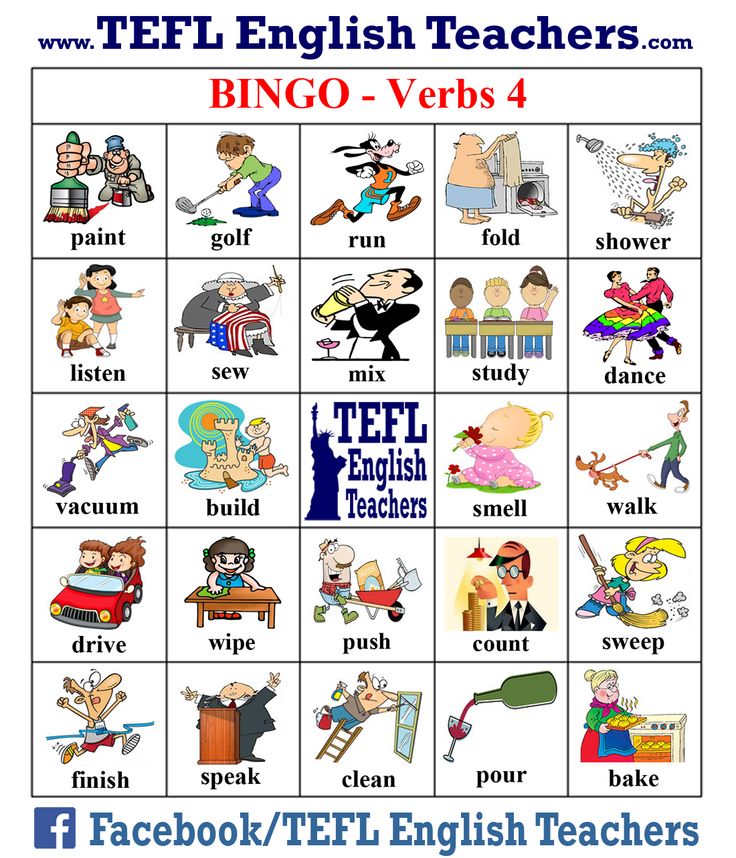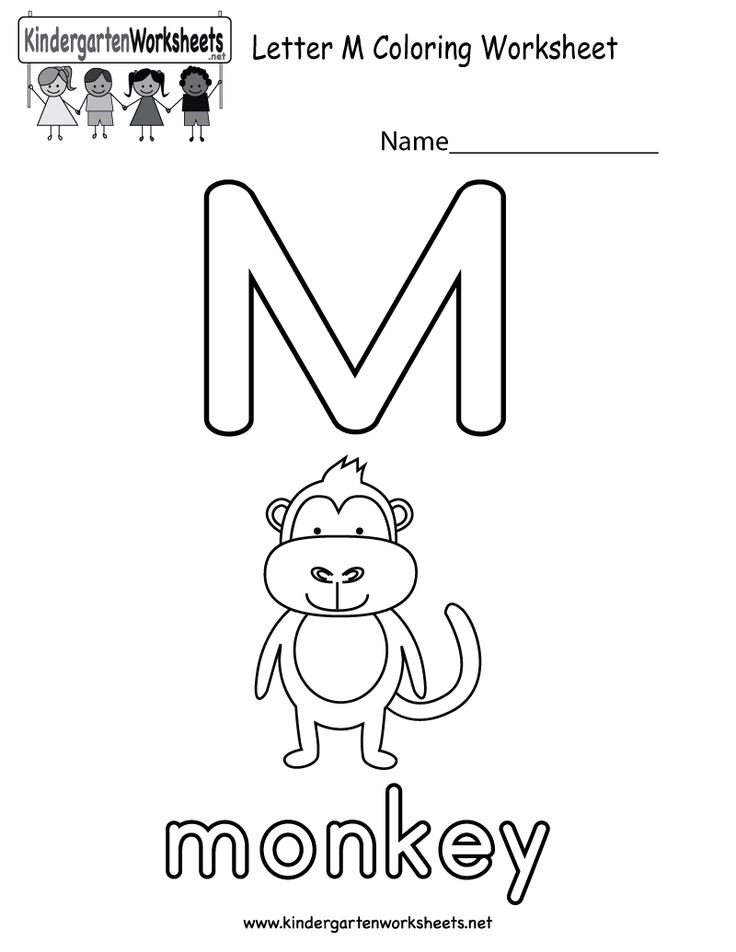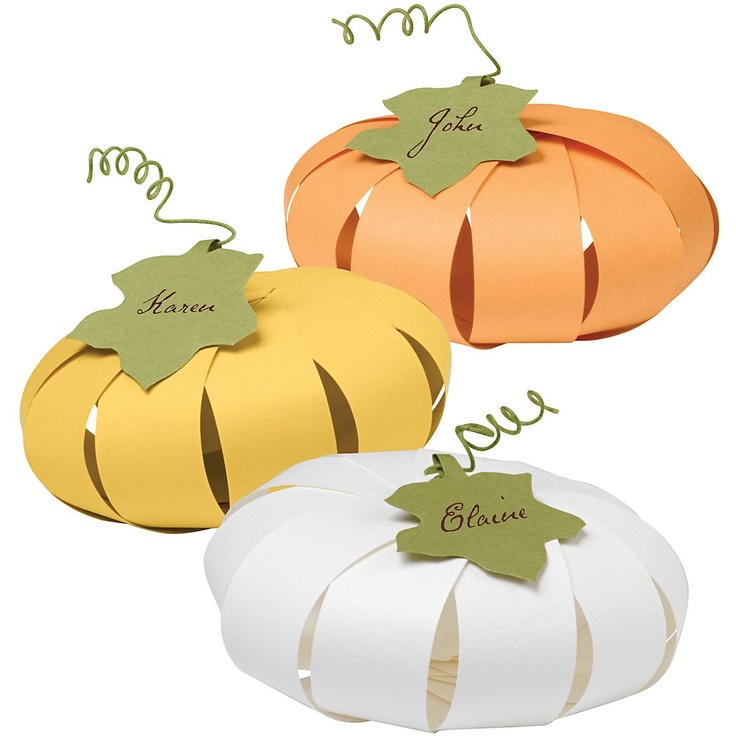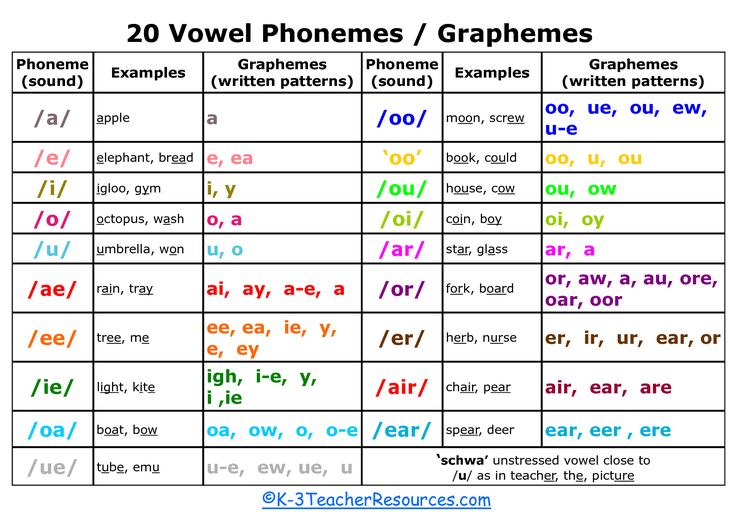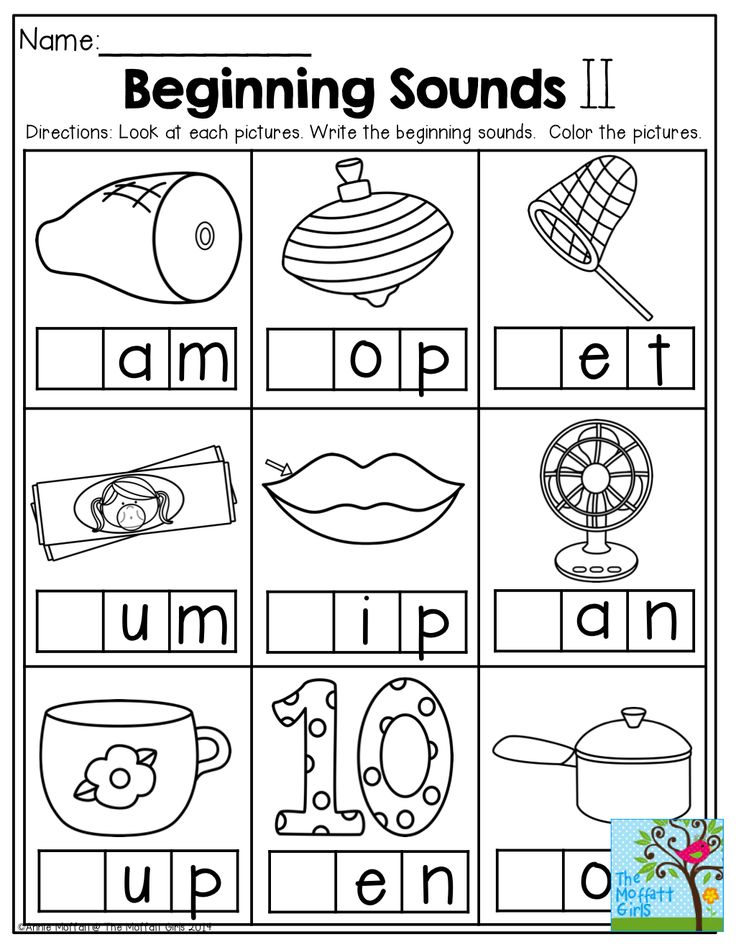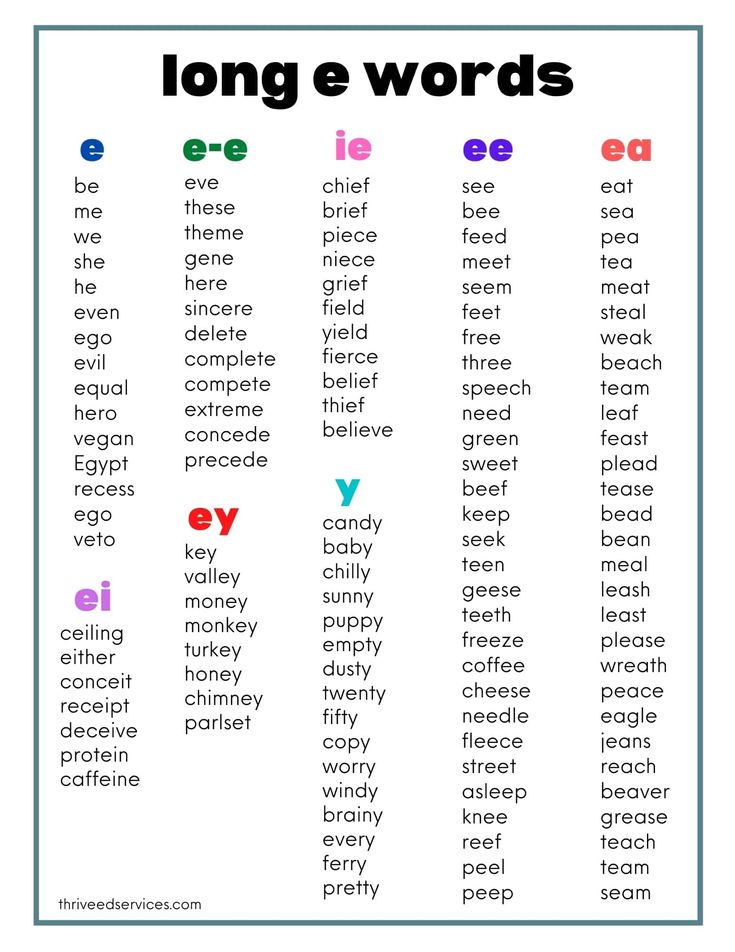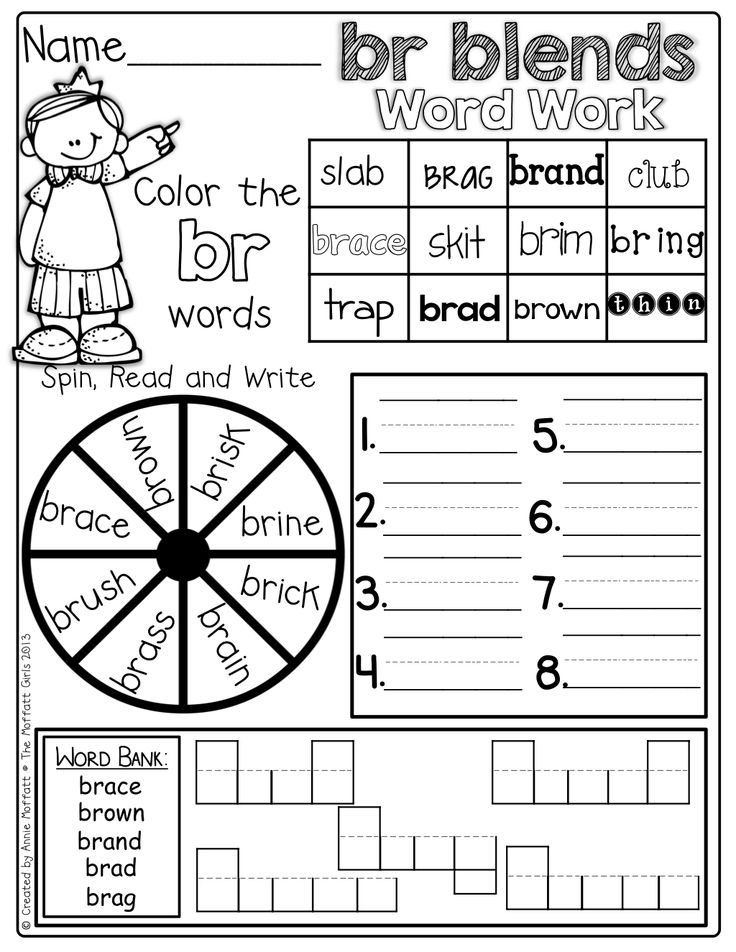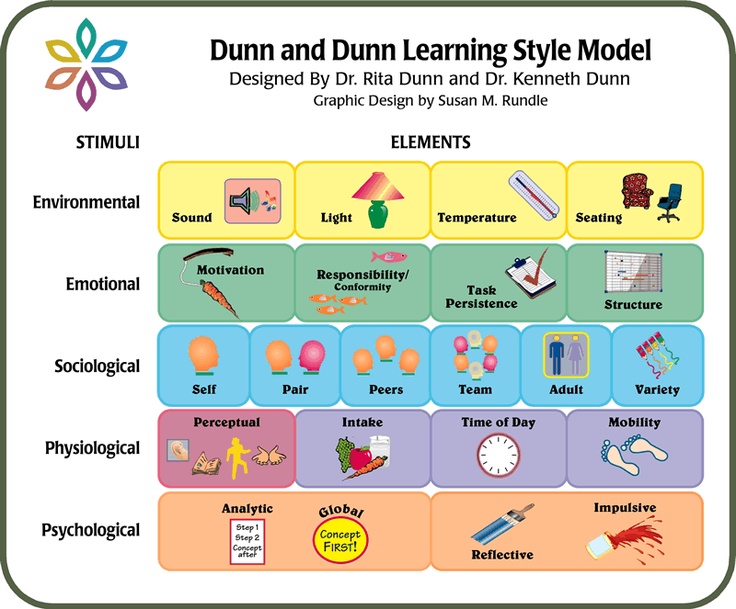Verbs for teaching
5 Fun Activities for Teaching Verbs in the Primary Grades
Looking for some activities for teaching verbs to your Kindergarten, 1st, or 2nd grade students?
Whether your students are just starting to learn about the parts of speech or are well on their way to being grammar gurus, these five activities will make learning about verbs a ton of fun!
Activity #1: Play Simon Says with action words.Introduce the concept of verbs as action words with a game of “Simon Says!”
First, brainstorm a list of action words with your students to use for the game.
You can also use these ready-made word cards from my Kindergarten Grammar Alive curriculum – just cut them out and make a stack or stick them on a binder ring for easy access:
This activity works well as part of a mini-lesson about verbs, and you can also play again during transitions.
Activity #2: Have students look for verbs “in the wild.”In order for grammar to be meaningful, students need to make connections between grammar concepts and actual text.
As a class, we practice identifying verbs in sentences (and acting out the sentences, too!):
Students can also search for verbs in the books they read:
Both of these activities come from my First Grade Grammar Alive program.
Activity #3: Build Verb Vocabulary with GamesBuilding students’ verb vocabulary is important – both for helping them learn verb shades of meaning (see Activity #4 for more on that) AND for helping them learn to use a variety of verbs in their writing.
One easy way to build their vocabulary is to play charades. You or a student acts out a verb, and the class guesses what verb they’re trying to show.
Here’s another verb vocabulary game, where students move around the board and have to name the depicted verbs that they land on:
Activity #4: Put Verbs in Order to Practice Shades of MeaningTo teach students how to choose just the right verb for their writing, work on verb shades of meaning!
First, model how to put the verbs “jog,” “run,” and “sprint” in order from slowest to fastest.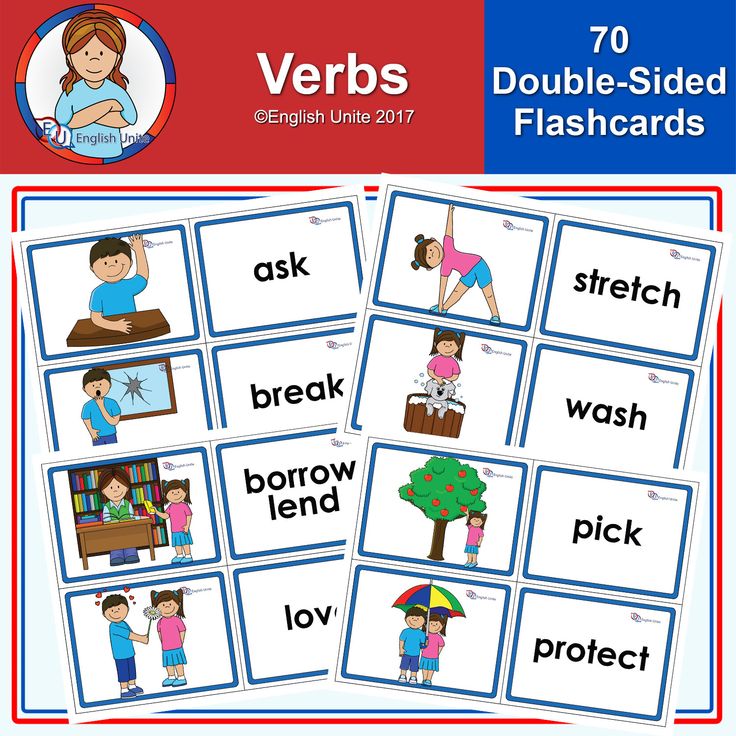
Then, divide students up into small groups. Give each group their own set of cards to put in order.
Once students have ordered the verbs, they can present their work to the class and get feedback.
Finally, you can glue the groups of verbs to chart paper. This creates an anchor chart that students can refer back to during writing time!
Activity #5: Play “Parts of Speech 4 Corners“Once your students have learned about verbs and other parts of speech, get them up and moving with a few rounds of 4 Corners!
To play, label the corners of your classroom as:
Nouns
Verbs
Adjectives
“WILD CARD!”
Give each child a word card. The words on the cards should be a mix of nouns, verbs, and adjectives. Several of them should say “WILD CARD.”
Students should read the word on their card and then go to the corresponding corner of the classroom.
You or a student leader should stand in the middle of the classroom, eyes closed.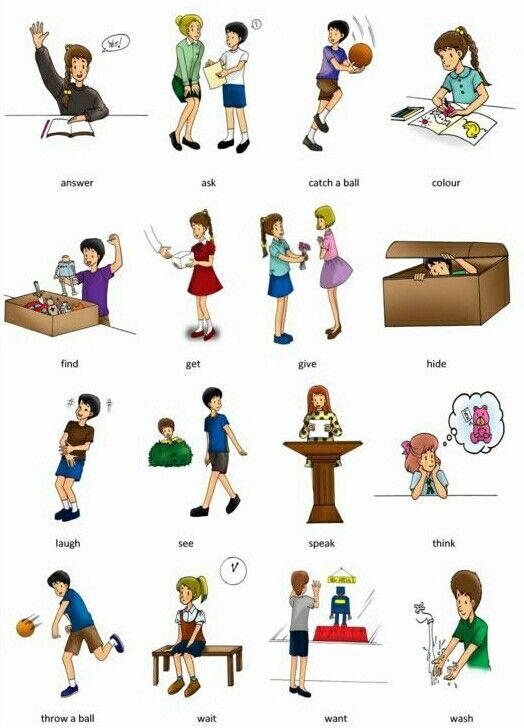 The leader calls out a corner (nouns, verbs, adjectives, or wild card) and all the students who were standing in that corner are out of the game and must sit down.
The leader calls out a corner (nouns, verbs, adjectives, or wild card) and all the students who were standing in that corner are out of the game and must sit down.
The remaining players trade cards and go to the corresponding corner. Again, the leader calls out “nouns,” “verbs,” “adjectives,” or “wild card,” and the game continues.
Keep playing until only one student is left – that student becomes the leader next!
All the materials to play this game are included in my First Grade Grammar Alive curriculum.
Need more ideas and materials for teaching grammar?I hope you got a few new ideas for teaching verbs!
For complete grammar lesson plans and many more grammar activities (including the ones featured in this blog post), check out my Grammar Alive programs for Kindergarten, first grade, and second grade:
Or maybe you already have a grammar curriculum – but you stil need independent practice activities for your students!
If so, check out my BoomCardsTM Grammar Games.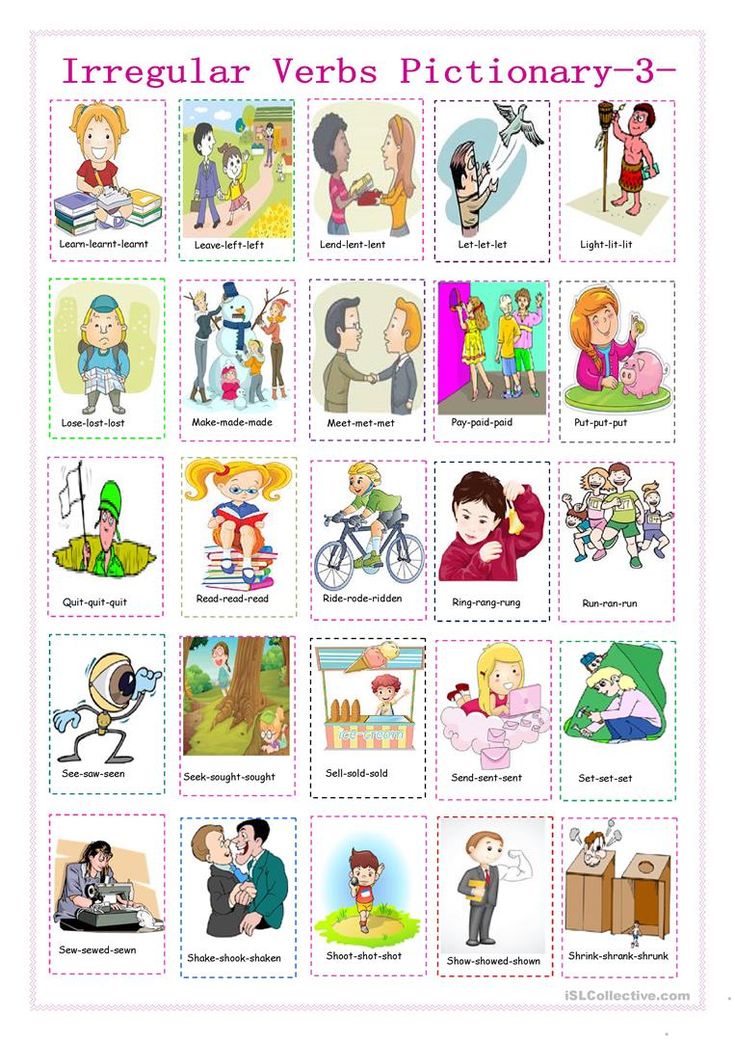 They’re digital grammar activities that your students can use on any computer, chromebook, or tablet with internet.
They’re digital grammar activities that your students can use on any computer, chromebook, or tablet with internet.
My students love using BoomCards!! And the audio directions are great for providing support even when students are working independently.
Happy teaching!
Verb Lesson Plan & Easy Activities for Teaching Verbs
Verb lesson plans are the figurative backbone of a grammar teacher's class. Without a verb lesson plan, students will be lost on possibly one of the most important grammatical lessons of all. Verb tenses pervade just about everything we say and do. Below is a sample lesson plan for verbs, which can serve as a creative guidepost for your teaching needs.
verb lesson plan
Advertisement
Vivacious Verb Lesson Plan
This lesson plan is designed for students from 2nd to 4th grade. It works to break down verbs for students through lectures and activities.
Verbs Lesson Plan Objectives
After the completion of this lesson, students will:
- recognize different types of verbs
- identify verbs in various sentences
- use present and past tense verbs
Teaching Verbs Lecture
Prepare your class for the lecture by writing the following statement on the whiteboard:
"You use sentences with many verbs daily.Let's see if you can identify the verbs in the following sentence."
1. Provide a definition of what a verb is on the board. For example:
Verb Defined: A verb is a word that defines action - an action word. It will tell what the subject of a sentence is doing or what will happen.
- Example A: "Terry ran upstairs." (ran tells what Terry did - Terry is the subject.)
- Example B: "Katie eats her lunch." (eats tells what Katie is doing - Katie is the subject.)
2. Give students an example, such as:
"James throws the ball and laughs with his friends after he falls trying to catch it."
3. Have them identify the verb.
4. Write several more sentences on the board until students can clearly identify the verb.
Verbs Lesson Activities
Once your students have a solid understanding of verbs in sentences, you can use fun verb activities to help push learning.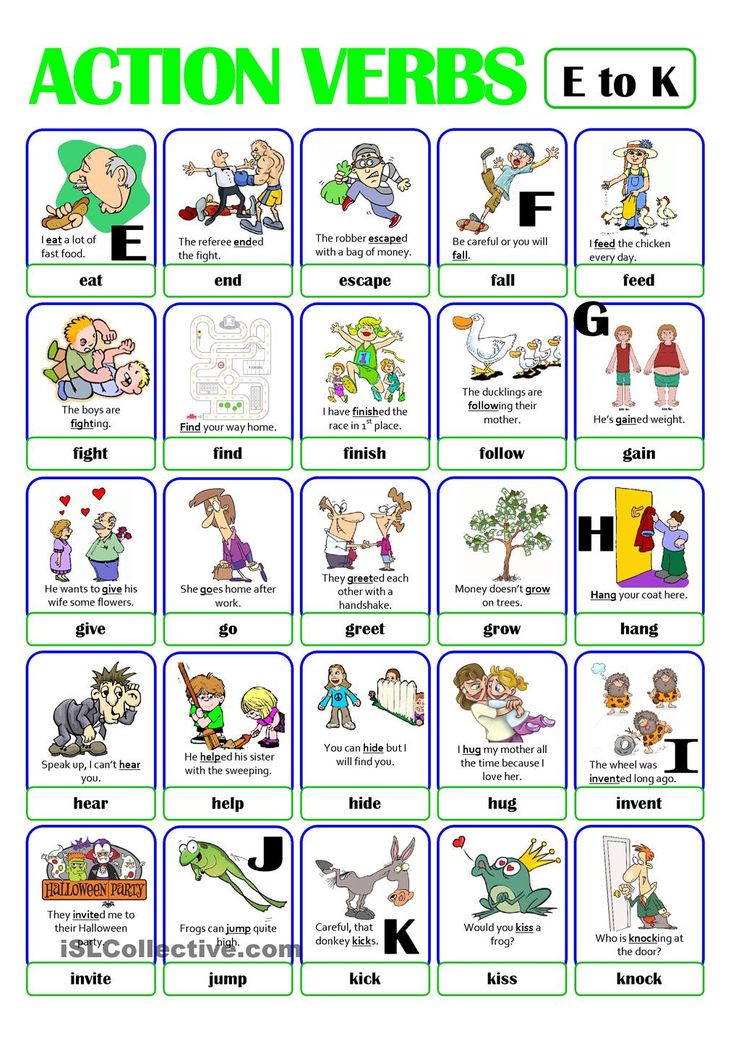
Snap, Crackle, Pop Worksheet Activity
Create a "Snap, Crackle, Pop" verbs worksheet by writing popular verbs on the left side of the page. The number of verbs you include can be determined by the grade level of your class. Additionally, provide students with several books to look through for the verbs.
- Hand out "Snap, Crackle, Pop" verbs worksheets to the class. Tell them on the left side of the page there are various popular verbs used in books and magazines.
- Read the verbs together.
- Provide several books for students to look through.
- Group the students into pairs.
- Have students find the verbs in sentences, and copy the sentences on to the right side of their paper next to the verb.
Advertisement
Past and Present Tense Verb Sentence Activity
To continue to reinforce verb recognition and identification, try having students prepare sentences of their own and identify the verb(s) in each.
Explain to your students that:
- There are two types of verb tenses, past and present.
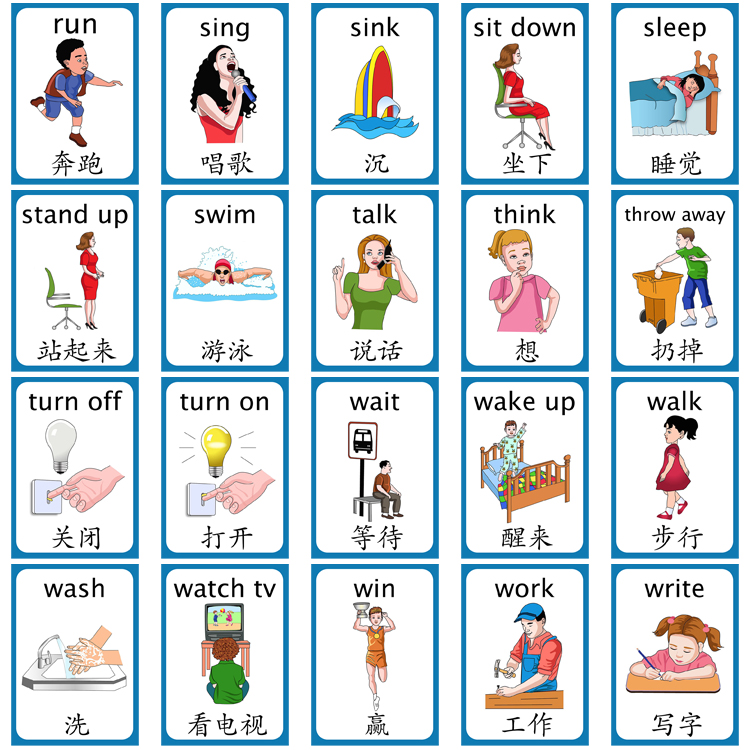
- A past tense verb describes something that has already happened.
- A present tense verb describes something that is currently happening
Provide the following examples:
- Past Tense: I ran with Jaime. Lacy ran with Jeff. Jeff ran to me. We all ran away.
- Present Tense: I am walking. Lacy is walking with Jeff. Jeff is walking with me. We all walk together.
Have students form their own past and present tense sentences. Have students share their sentences with the class and identify which verbs are past tense and which verbs are present tense.
Two Paragraph Infusion Activity
Have students write a two-paragraph story using common verbs, as well as past and present tense verbs. These paragraphs should infuse noun usage from previous grammar lessons with verb usage from the current lesson. Have students take turns reading one of their paragraphs to the class and identify the verbs within each paragraph.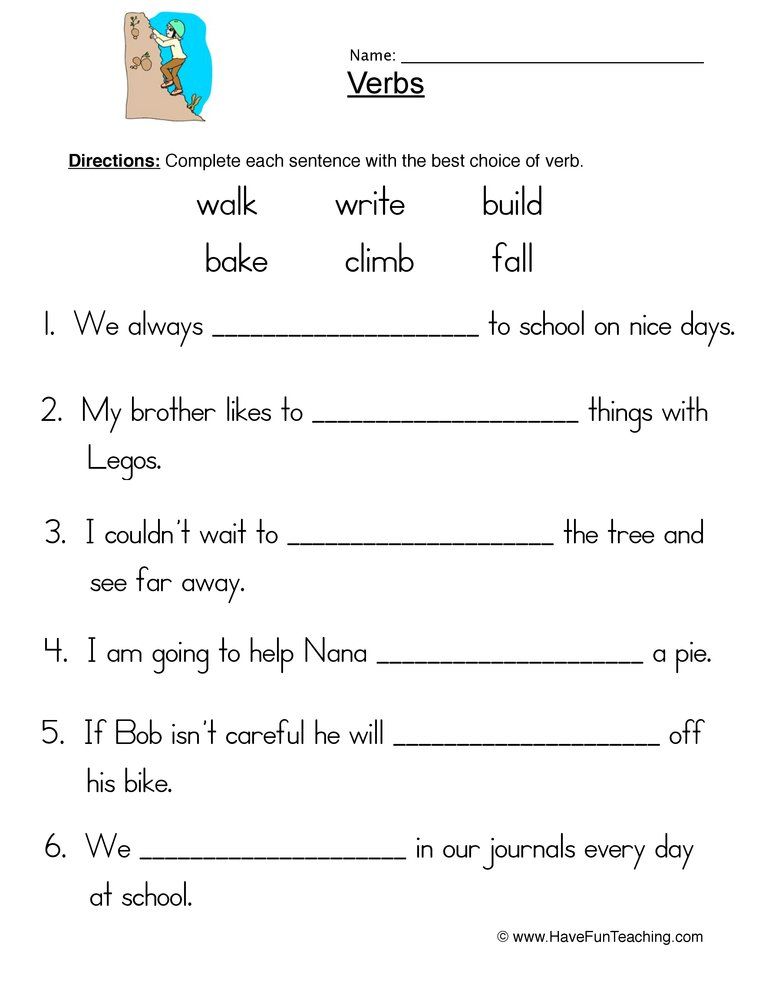
Fun With Verbs Activity
Verbs can be fun to get your students moving. To keep your lesson fun, play a game with verbs.
- Start by calling out a verb that students can act out like "yawn."
- Then say a sentence using "yawn."
- Then select a student to call out another verb to act out like "jump."
- Have the student then create a sentence properly using the verb.
- Keep selecting students to act out verbs and create sentences, trying not to repeat any verbs.
- Challenge students to think of unique verbs.
Advertisement
Writing Your Own Verb Lesson Plans
This verb lesson plan is a prime example of how a lesson plan should be structured and organized. While it may seem tedious, it is important to set up a lesson plan like this when there is a topic that may be challenging to students. The notion of verb tenses can get tricky for some students. This is why the lesson plan encourages teacher-student interaction.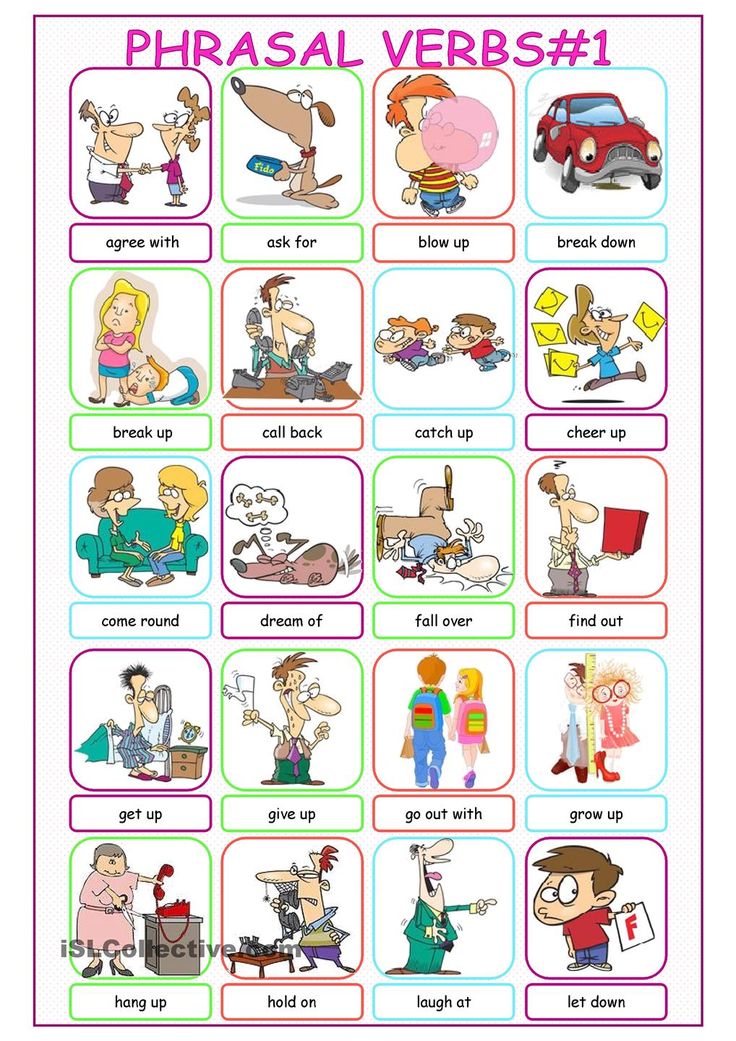 Keep your learning moving by trying this lesson plan on storytelling and fables.
Keep your learning moving by trying this lesson plan on storytelling and fables.
Staff Writer
- verb
- elementary school
- lesson plan
Related Articles
1st Grade Grammar: Key Skills and Worksheets
Most students learn to read and write in 1st grade. For that reason, it's vital for children to master 1st grade grammar skills in writing conventions, parts of speech and word identification. Parents and teachers alike can take a look at an overview of the Common Core-aligned key skills and concepts needed in 1st grade grammar.
Verb Worksheets: Free Printables for All Grade Levels
It's so important for students to master how to use verbs effectively. Strong lesson plans are important for in-class instruction, but students also need hands-on practice.
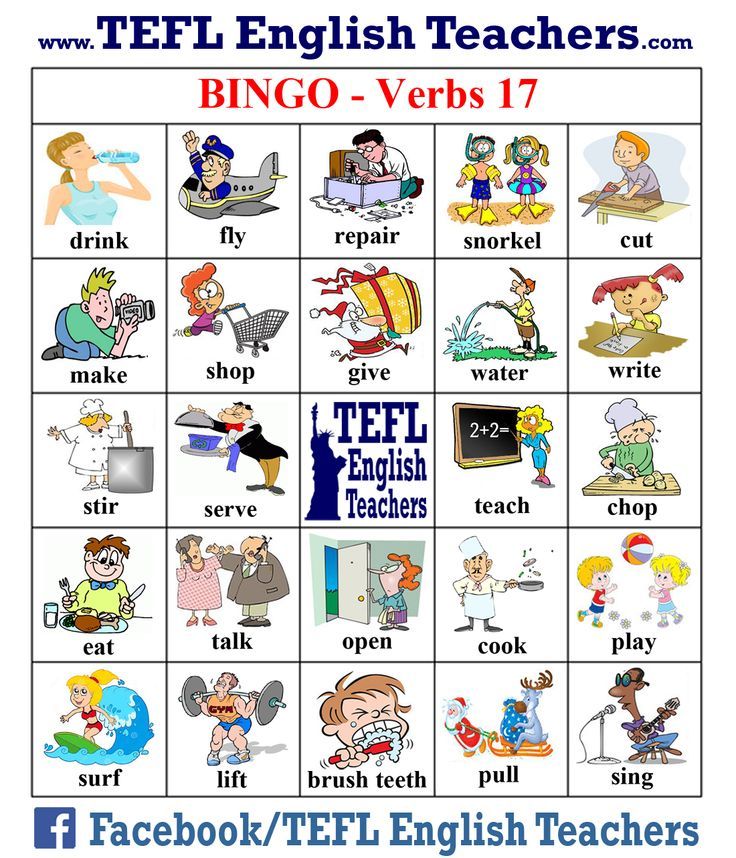 Verb worksheets are great tools to help students learn new verb skills and to reinforce and improve what they have already learned.
Verb worksheets are great tools to help students learn new verb skills and to reinforce and improve what they have already learned.
Phrasal verbs on the topic "Education"
Today you will find another batch of phrasal verbs.
We have selected for you verbs that relate to a topic that is very relevant for many: “Education”. All these verbs are often found not only in the context of learning, but also in other situations.
Fall behind with somebody - to lag behind someone in terms of level, pace, timing ( not to make progress or move forward as fast as other people ):
He missed two weeks from school and as a result he fell behind with the group. He missed two weeks of classes and therefore fell behind the group.
You shouldn't fall behind with the next payment. You shouldn't delay your next payment.
Keep up with someone/ something - to be, stay on the same level with someone ( to remain the same standard or position as someone else ):
There is no use trying to keep up with your group mates. - It is useless to try to be no worse than classmates.
- It is useless to try to be no worse than classmates.
It can be difficult to keep up with the group if you don't do the home task. - It can be difficult to keep up with the group if you don't do your homework.
To catch up with someone/ something - to catch up in terms of level, results ( to reach the same standard or position as someone else ):
You have to catch up with your class or you'll fail the test. You will have to catch up with the class, otherwise you will fail the test.
We fall behind with the plan and now we are trying to catch up with it. We are trying to catch up with a plan that we have fallen behind.
Put something off - postpone something for later, transfer to a later date ( to postpone, to decide to do something at a later date ):
They put the consultation off so you can ask your questions next week. The consultation has been rescheduled so you can ask your questions next week.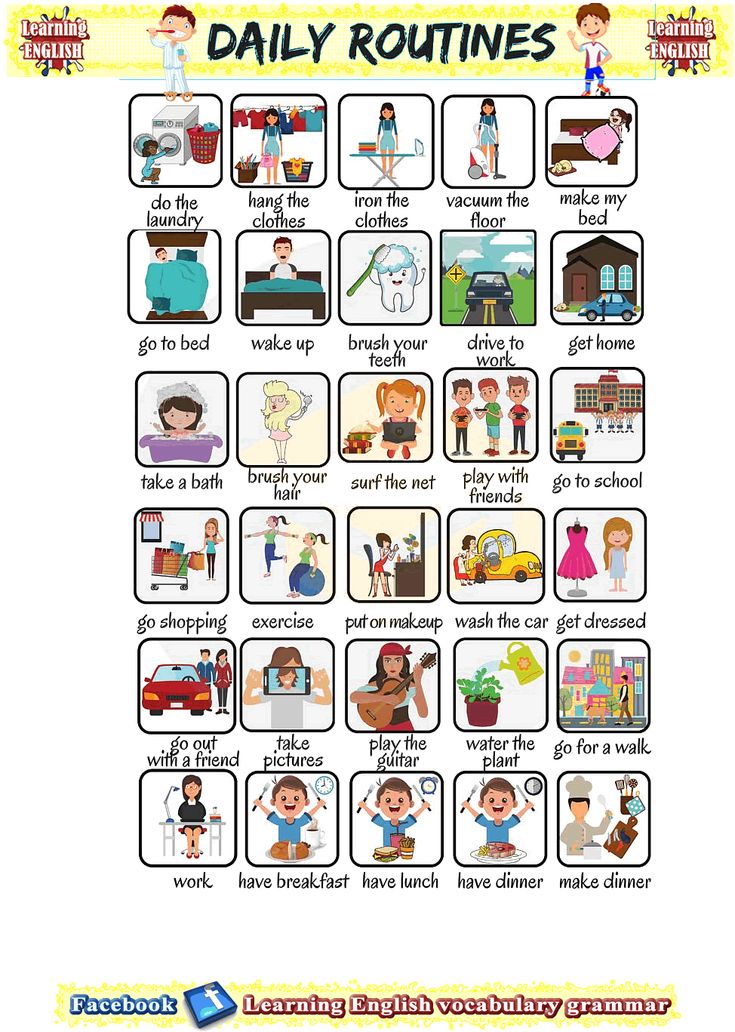
The match will be put off because of the bad weather. – The match will be postponed due to bad weather.
To scrape through something - hard to pass an exam, test ( to pass an exam but with a very low grade ):
He didn't attend the lessons at all so we were surprised when he scraped through the exams. - He did not attend classes at all, so we were very surprised when he passed the exams with difficulty, but.
Mary is terrible at Math but she scrapped through the test. Mary is not good at math at all, but she barely passed the test.
To get through something - pass an exam or test ( to pass an exam or test ):
All our group got through the exams. All of our group passed the exams.
If you work hard during the semester, you’ll have no difficulty with getting through the exams. – If you work hard during the semester, then you will have no problem passing the exams.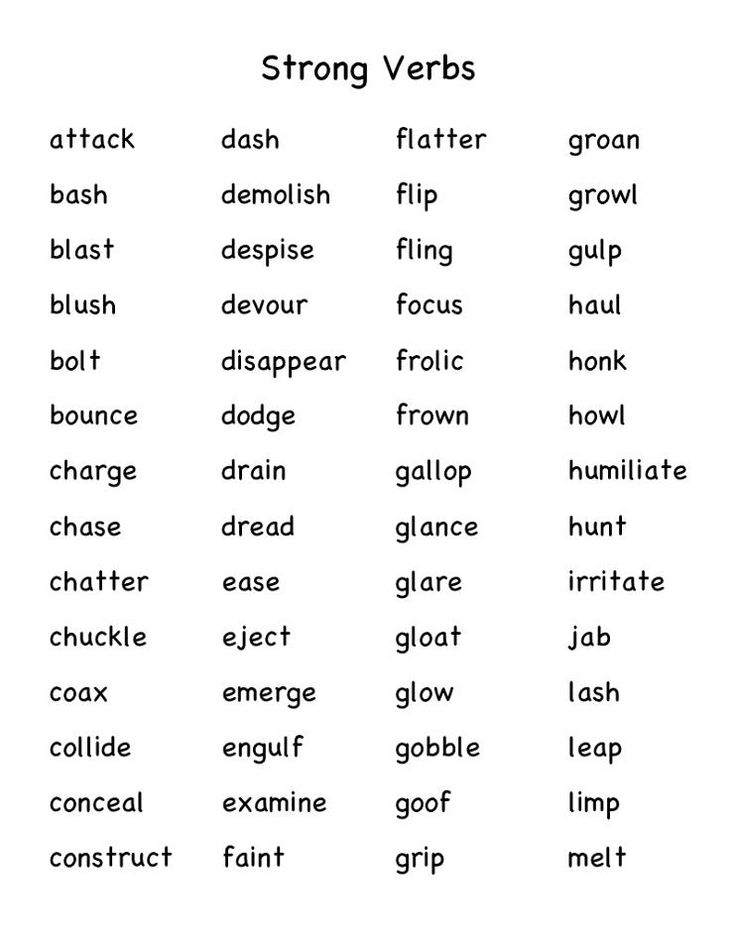
Get down to - start, do something ( start work on something ):
It's time to get down to revision. “Now is the time to start revisiting.
When are you going to get down to your presentation? When are you going to do your presentation?
To go through something - check, view ( to check that something is correct, to examine something ):
Don't forget to go through your work before handing it in. Don't forget to check your work before submitting.
The teacher went through the plan and approved it. The teacher reviewed the plan and approved it.
To take (write) something down - write down, outline, mark ( to record in writing what someone is saying ):
The listeners were taking down everything what the lecturer was saying. The listeners wrote down everything the lecturer said.
You should write down the new English words.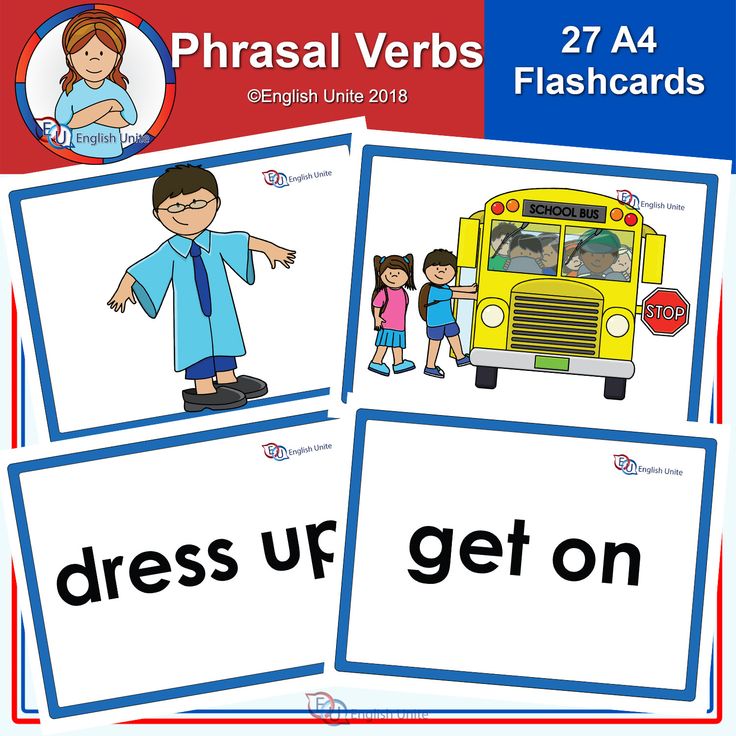 You should write down all new English words.
You should write down all new English words.
I wish you success!
Do not forget to follow the publications on our website and join our Facebook or Instagram communities
Did you see a mistake in the text? Select it and click on the arrow that appears or CTRL+Enter.
School of Speakers, Public Speaking Bureau, speaker training
We started with Artyom preparing me for the TEDx conference. Then I thought that in principle there are no people who perform better than me. After the first meeting, I reassembled (of my own free will) my speech so that it did not look like the original one.
Dmitry Grits
Founder of the law firm Grits and Partners
Artyom is a cool public coach. Really cool. Without water, precisely, capaciously and to the point. This is in short. And here is my opinion for lovers of details. I am sure that we live in the age of ideas. The right words and their presentation, like a key, can open trust and win over any person.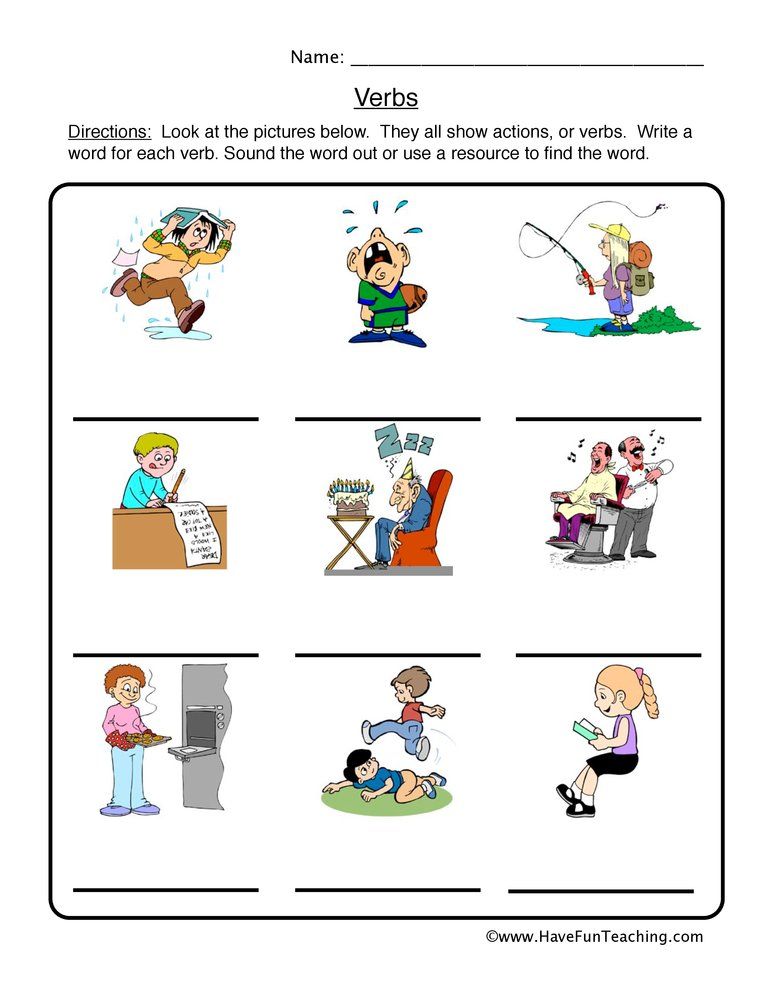 Having precisely lined them up, you can raise investments, change government, sell goods or hear “I agree” in response.
Having precisely lined them up, you can raise investments, change government, sell goods or hear “I agree” in response.
READ FULL REVIEW
Gave a talk in Atlanta on e-commerce trends that can be applied to any business. A separate buzz to receive positive feedback from the audience of my report - they say it was useful and fun. ⠀
Thanks to Atlants for the invitation and a special Artem for preparing for the performance.
Yury Shishkin
Founder in 24TTL
READ FULL REVIEW
Commandments from Yulia, after which I spent 3 days messing with the whole text:
1. Serving should be very simple. With the maximum number of examples. Right on your fingers. No, it's even easier.
2. Don't be smart! Remove professional slang.
3. This is a video and you need to keep the listener's attention. Communicate with him: “imagine”, “what do you think?”, “what if you did it”, etc.
4. Write out loud. Say what you will say.
5. Prepared a piece - record a video of the piece.
Prepared a piece - record a video of the piece.
Kira Kuzmenko
CEO in Geekjob
READ FULL REVIEW
Khariton Matveev
Skyeng CPO
I am very picky about trainers, having been on different sides of the process. Everything worked out here. So, if you want to improve your performances, I highly recommend it!
Ilya Tregubov
Head of Product at Teachbase
READ FULL REVIEW
I thought that performing well is from God. But no, successful performance is about techniques, pain (crossed out), overcoming your own laziness, several hours of preparation.
I was on the first stream of "Performance as a Product", then Artyom helped prepare my performance (and not only mine) for the Gastreet - International Restaurant Show.
Anna Fradkin
Founder of Avocado Law Firm
Mega-cool training in public speaking - a look at preparing for a speech as a capsule product solution that helps to quickly prepare and make your speech more vivid and memorable.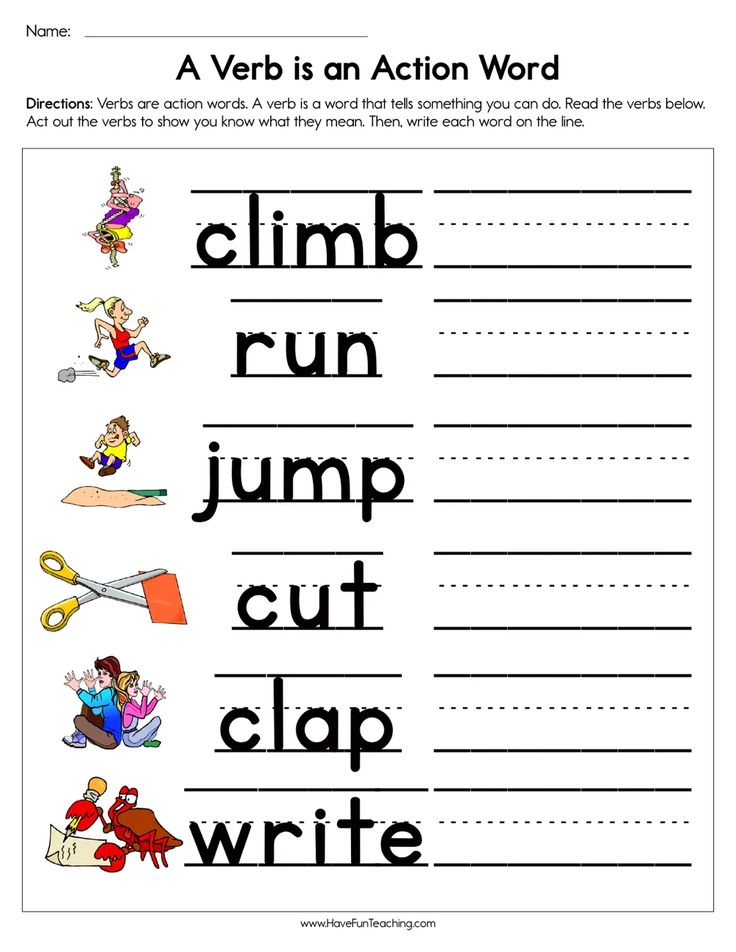
Well, the atmosphere at the training - drive, buzz, laughter, trust, safety - special thanks for this, it's match&love.
If suddenly you are in search of such knowledge, I highly recommend it.
Maria Beleninova
Profi.ru brand manager
READ FULL REVIEW
I'm afraid to speak. I'm so afraid that I go out in public, and my brain takes on the appearance and content of a clean slate. As a result, I say the wrong thing and not the way I planned (but in fact, I didn’t really plan it), I suffer and scold myself. I decided to fight this and went to the course "Performance as a product."
Arina Spiridonova
Head of Department in Foxford
READ FULL REVIEW
“It doesn't matter how you stand and joke if what you talk about does not benefit the audience,” our classes began with this phrase. I follow this principle to this day.
We work according to the framework and each time we create a new product - performance, but each time it is better than the previous one and faster.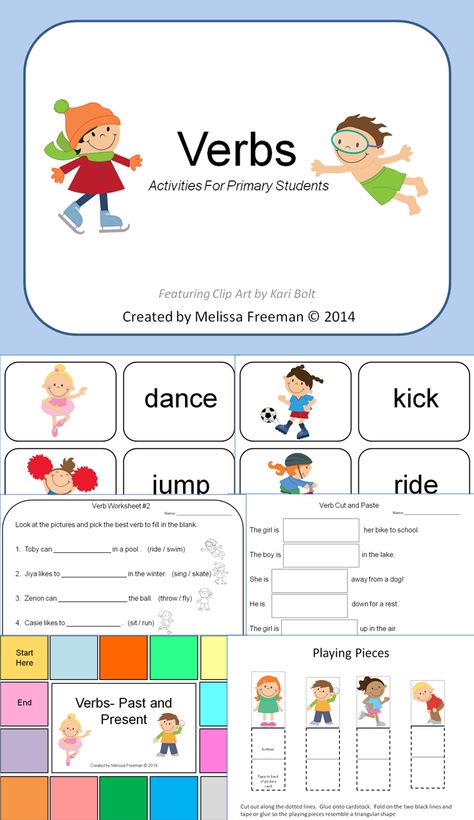
Marina Alex
CEO at the University of Business Agility
READ FULL REVIEW
Thanks to Artem for mega expertise, incredible charisma and presentation of speeches exactly as a product, which many speakers lack (and this is not only about the topic of the public, but in principle) And if you want to improve in structures and tools, and not speak tongue twisters and download vocal cords, then you are exactly to him.
Valentina Brovko
Project at Skyeng Corporate University
At the weekend I was at a training at "Performance as a Product". And it was very cool.
Let's go through the facts:
1. Attentive attitude to all participants. You will get exactly what you came for, regardless of whether it is in the program or not.
2. Quality materials. The workbook I fell in love with, the speaker cards that make you want to use them.
3. Practice. It's trite, but I really already tried out 10+ different tricks during the training and immediately felt the changes:
4.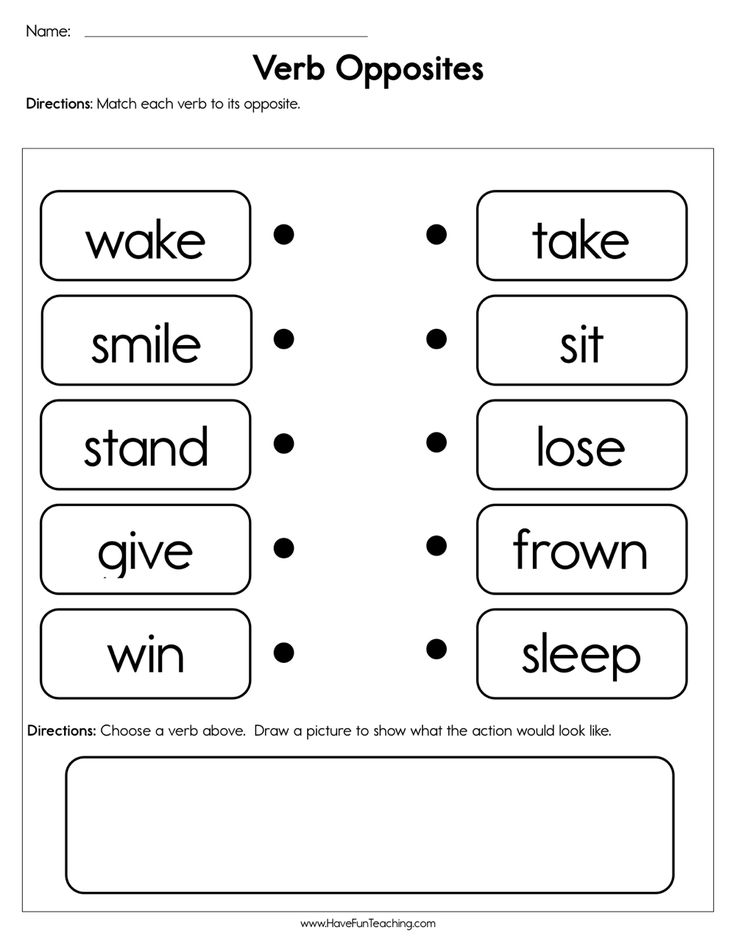 Participants. We got a great gang) Artyom became the center of attraction for cool guys. We all gave 130% and gave each other a lot during these 2 days.
Participants. We got a great gang) Artyom became the center of attraction for cool guys. We all gave 130% and gave each other a lot during these 2 days.
Kim Voronin
Head of visual communication group at VTB Bank
READ FULL REVIEW
I personally know few people who do not experience fear of public speaking, and you? So I was afraid, trembling, gasping for breath, talking at a speed of x10 and blushing at our first Friday Wins. But, as they say, all the best is on the other side of fears, and this step led me to classes with Artyom Gusev. Each session is actionable feedback, tips and exercises, plus lots of jokes and laughter. And for the Speaker Cards, special thanks and respect, they are simple!
Evgenia Milyaeva
Product Manager at Dostavista.ru
READ FULL REVIEW
I had experience in speaking, but it was all “amateurish”: success every time, but where and what I do wrong, I didn't really understand.
And I came with a request to understand the technology, how to make any of my talks "like at TED".
Honestly, I do not really believe in the effectiveness of training, but Artem managed to achieve my real transformation.
I not only understood the technology, I worked it out.
I also realized my four big mistakes - and understood how it should be.
Viktor Solomonik
Founder at Vivo&Jolly
READ FULL REVIEW
I taught presentations and helped others prepare for presentations. But at the training I saw a cool framework that gave me the opportunity to approach the performance as a real product with care for the audience and some kind of deep personal goal.
Ksenia Shashmurina
Talent Development Manager at Coca-Cola HBC
VIEW REVIEW
“Performance as a product” pumped me up and gave me an understanding of how to systematically make good performances. In a nutshell, there is a clear and working framework. When preparing, it is necessary to follow it as disciplined and detailed as possible ... and then success is inevitable.